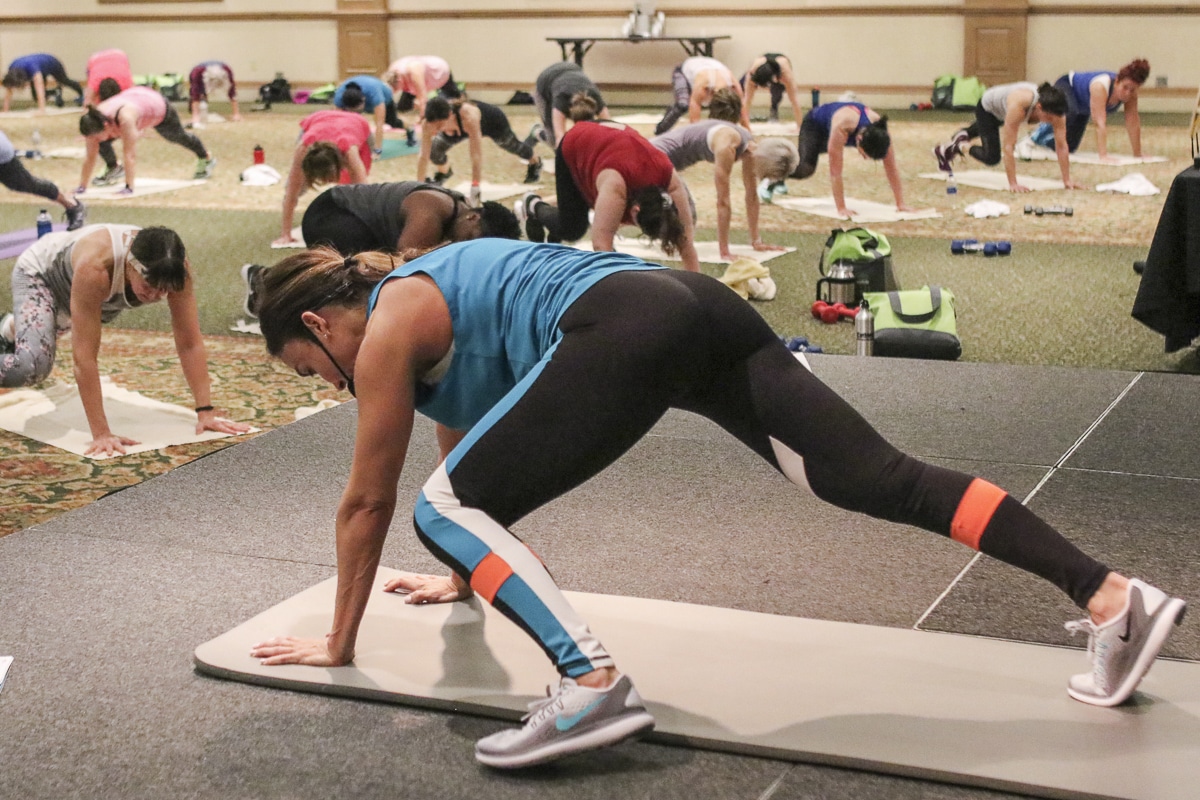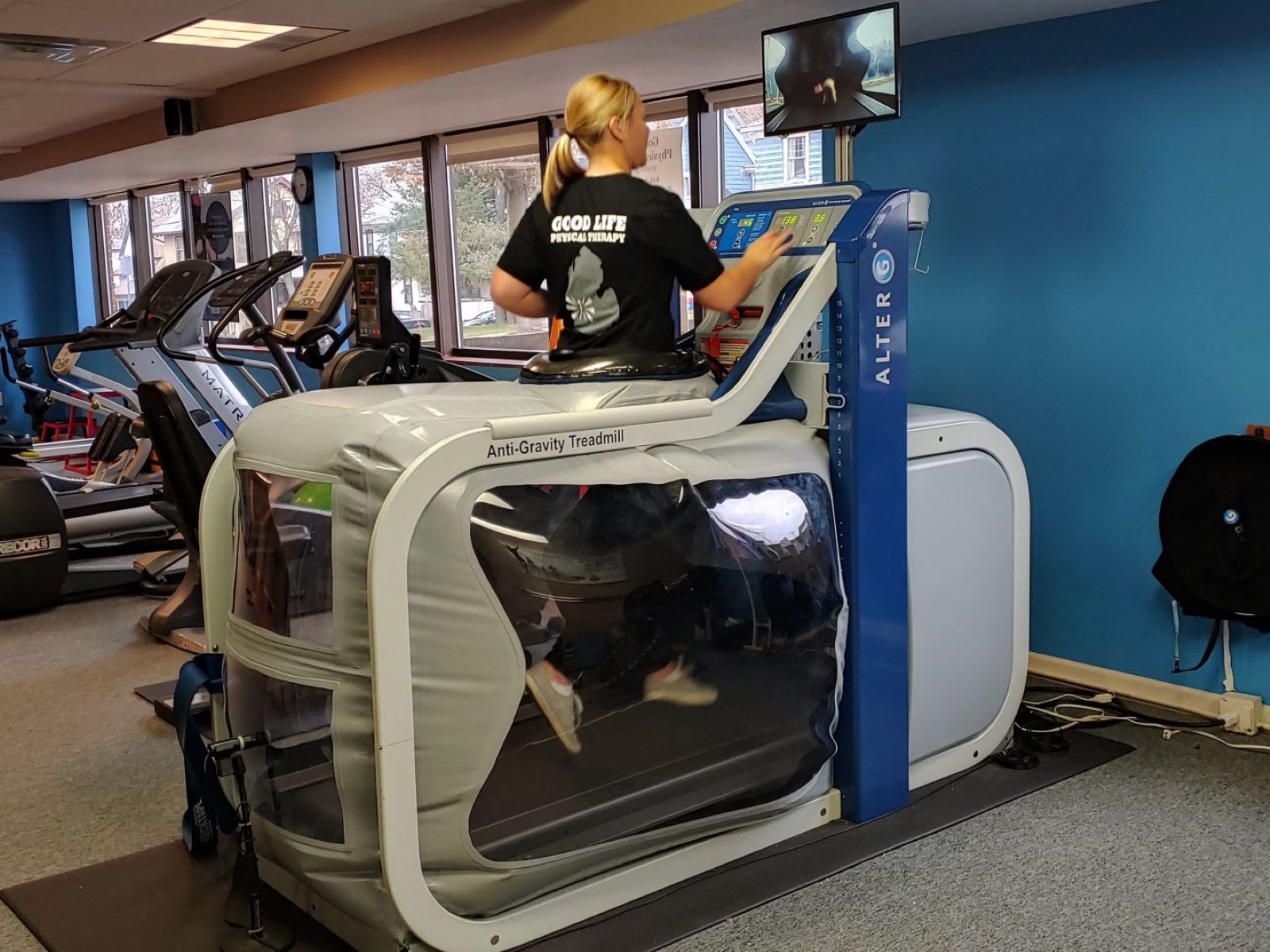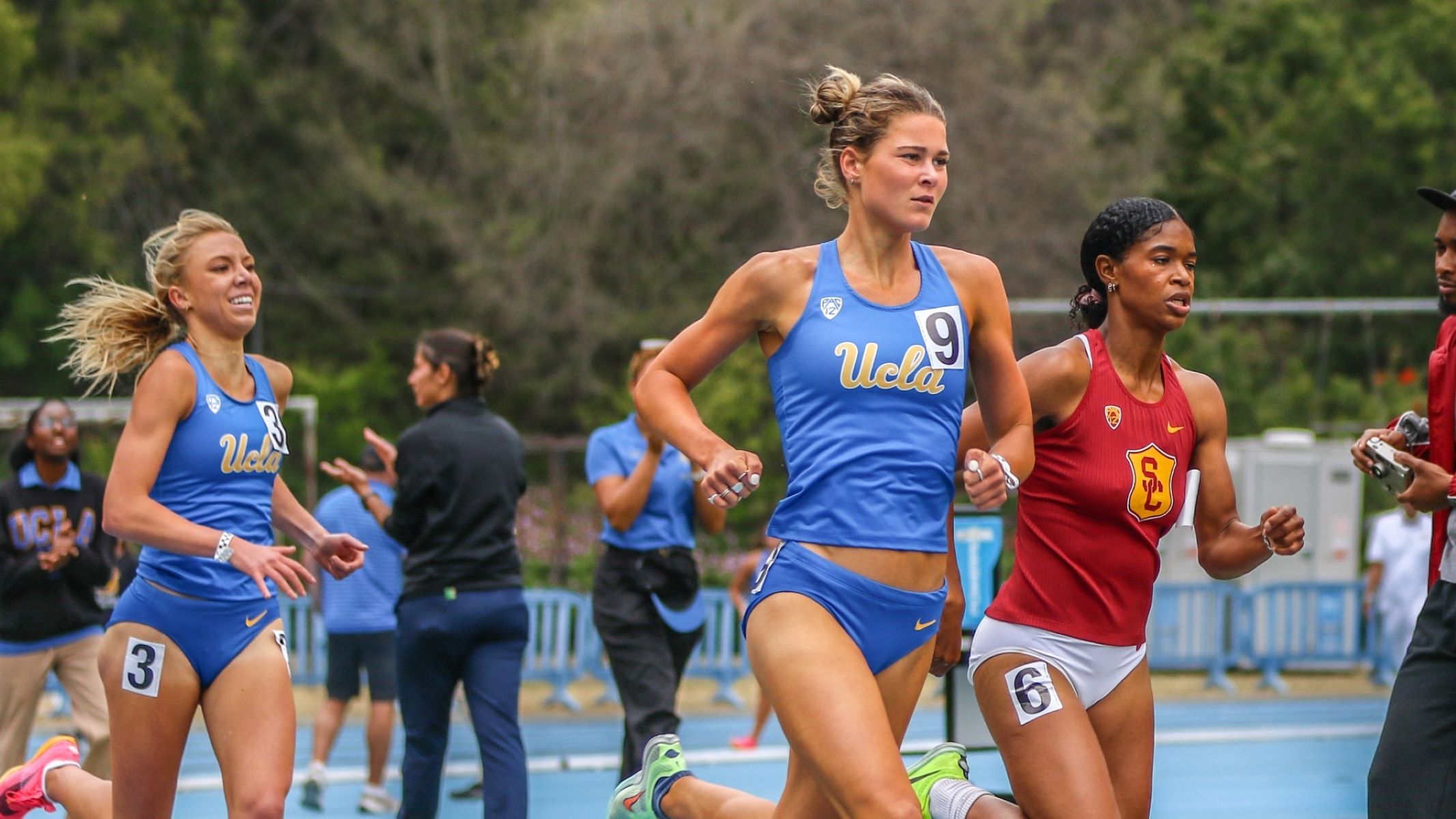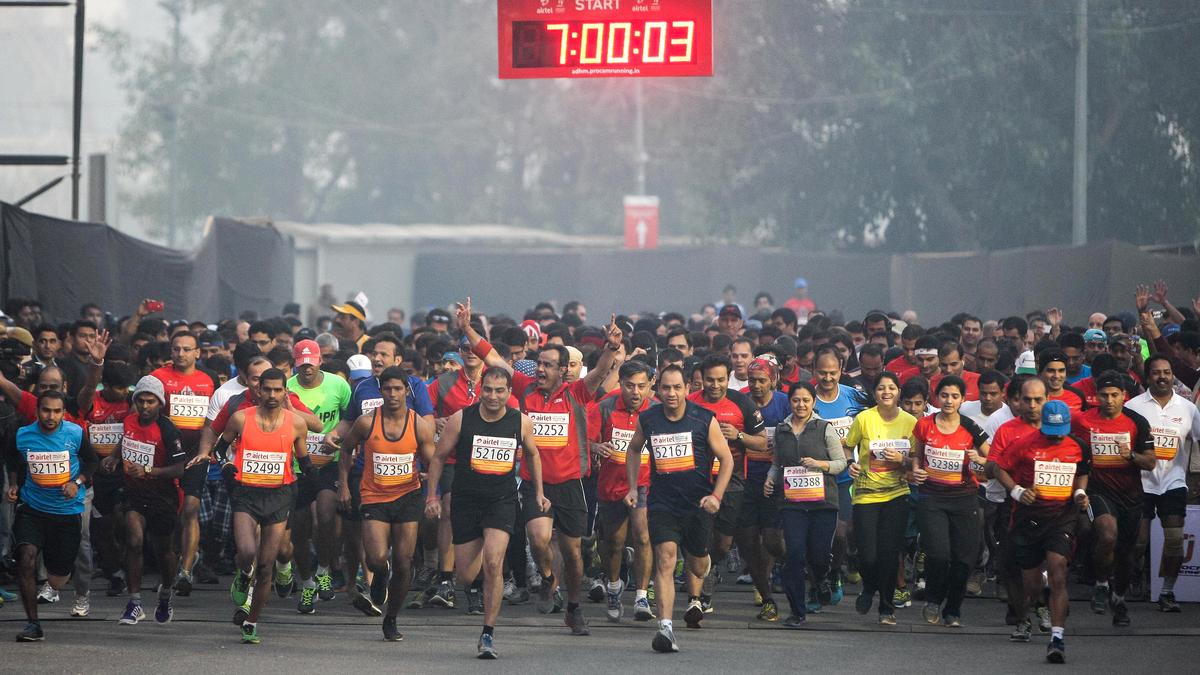Home>Misc>Featured>What Are The Advances In Science That Can Improve Athletic Performance
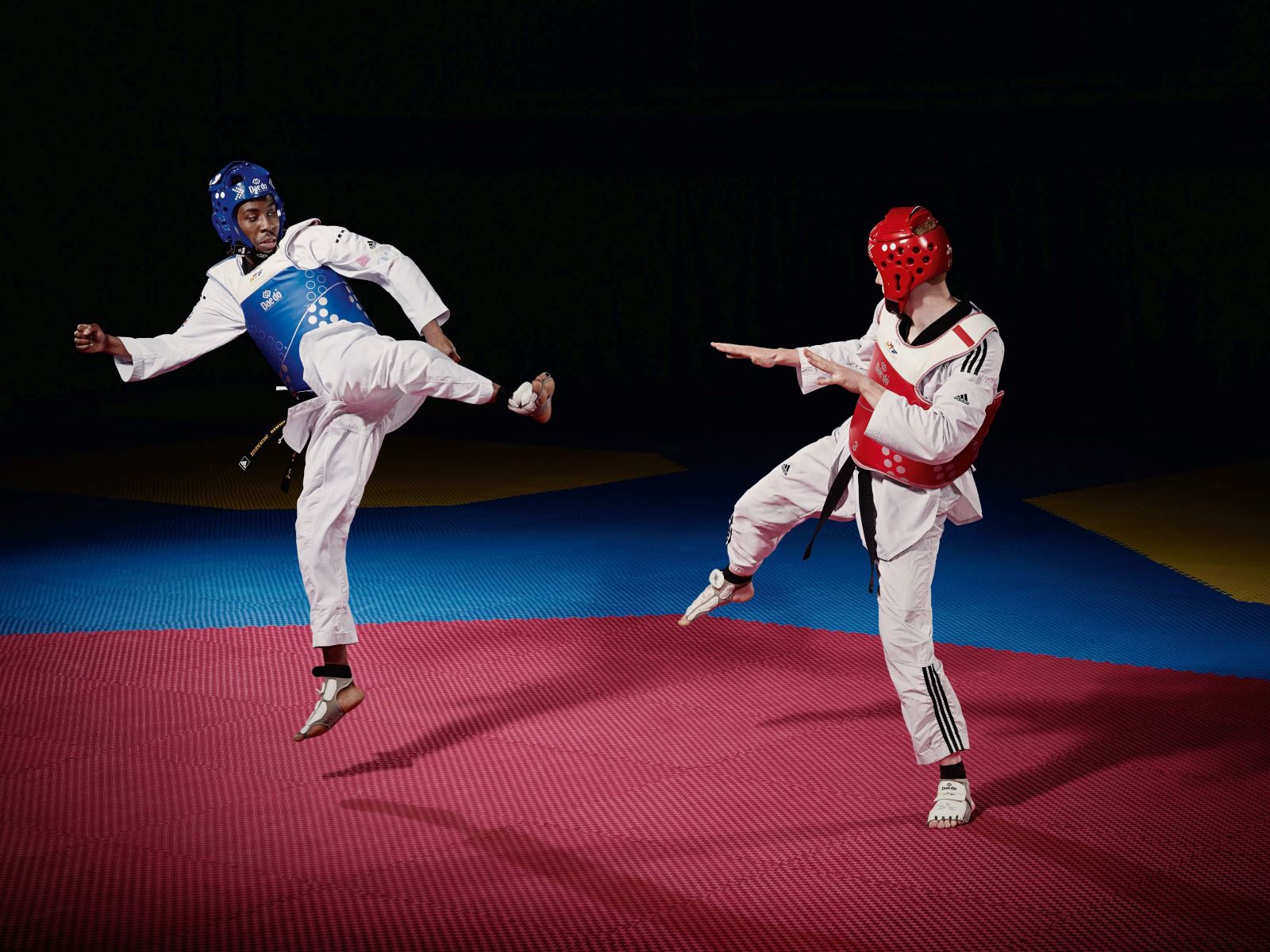

Featured
What Are The Advances In Science That Can Improve Athletic Performance
Modified: August 22, 2023
Discover the latest advances in science that are featured to enhance athletic performance. Learn how cutting-edge research is revolutionizing sports and pushing the boundaries of human achievement.
Introduction
Athletic performance has always been a fascinating and competitive field, with athletes constantly seeking ways to improve their skills and push their bodies to new limits. Over the years, there have been significant advances in science that have revolutionized the way athletes train and perform. These advances have not only helped athletes achieve extraordinary results but have also inspired a new generation of sports enthusiasts.
In this article, we will explore some of the key advances in science that have had a profound impact on athletic performance. From nutrition and supplements to biomechanics and technology, these innovations have provided athletes with unprecedented opportunities to excel in their respective sports.
It is worth noting that while these advances have undoubtedly enhanced athletic performance, they are not a substitute for hard work, dedication, and talent. Rather, they serve as valuable tools that, when used strategically, can unlock an athlete’s true potential.
So, let’s dive into the world of scientific advancements and discover how they have helped athletes reach new heights.
Nutrition and Supplements
Nutrition plays a crucial role in athletic performance, and advancements in the field of sports science have shed light on the importance of fueling the body with the right nutrients. Athletes now have access to personalized dietary plans that are tailored to their specific needs, optimizing their performance and aiding in recovery.
One significant development is the understanding of macronutrient ratios. Athletes can now accurately measure their intake of carbohydrates, proteins, and fats to maintain an optimal balance for their sport. Consuming the right amount of carbohydrates, for example, ensures sufficient energy for physical exertion, while protein aids in muscle repair and growth.
Supplements, such as protein powders, amino acids, and electrolytes, have become popular among athletes to enhance their performance. These supplements can provide the body with essential nutrients that may be lacking in their regular diet. For instance, branched-chain amino acids (BCAAs) help reduce muscle fatigue and improve recovery time.
Additionally, advancements in nutrition science have revealed the significance of proper hydration. Athletes can now monitor their fluid intake and electrolyte balance to prevent dehydration and maintain optimal performance levels. Sports drinks with added electrolytes have become a common sight on the sidelines of major sporting events.
While nutrition and supplements are vital for athletic success, it is essential to note that they cannot replace a well-rounded diet. Whole foods, such as fruits, vegetables, whole grains, and lean proteins, should form the foundation of an athlete’s nutritional plan, with supplements used as a supplementary aid.
By leveraging advancements in nutrition and supplements, athletes can maximize their physical capabilities and recover more efficiently, ultimately improving their overall performance.
Biomechanics and Technology
Advancements in biomechanics and technology have revolutionized the way athletes analyze and improve their technique, leading to significant enhancements in athletic performance.
One crucial tool in this field is motion capture technology. With the use of high-speed cameras and sensors, athletes can now capture and analyze their movements in great detail. This technology allows trainers and coaches to assess an athlete’s technique, identify areas for improvement, and develop personalized training programs.
Another breakthrough in biomechanics is the development of wearable devices. Athletes can now wear smartwatches, fitness bands, or specialized sensors that track their movements, heart rate, and other key metrics in real-time. This data can provide valuable insights into an athlete’s performance and help them make adjustments to optimize their movements.
Virtual reality (VR) and augmented reality (AR) are also making waves in the world of sports training. Athletes can use VR technology to simulate game scenarios and visualize themselves performing at their best. Meanwhile, AR can provide real-time feedback during training sessions, overlaying data and visual cues onto an athlete’s field of view.
Furthermore, advances in materials science have led to the development of cutting-edge sports equipment. From lightweight, aerodynamic running shoes to high-performance carbon fiber bikes, these innovations have significantly improved athletes’ speed, agility, and overall performance.
Biomechanics and technology have also paved the way for more precise injury prevention and rehabilitation methods. Athletes can undergo motion analysis to identify common injury risk factors and make adjustments to their technique or training plan accordingly. Rehabilitation exercises can be tailored based on an athlete’s specific injury and progress can be monitored using smart rehabilitation devices.
Incorporating biomechanics and technology into training and competition not only enables athletes to fine-tune their technique but also pushes the boundaries of human capability. By harnessing the power of these advancements, athletes can optimize their performance, gain a competitive edge, and achieve feats once thought impossible.
Sports Psychology
Sports psychology is a field that focuses on the mental aspects of athletic performance, and its advancements have had a profound impact on how athletes prepare for and compete in their respective sports.
One of the key developments in sports psychology is the understanding of the power of the mind-body connection. Athletes now recognize the importance of mental preparation and visualization techniques to enhance their performance. By visualizing successful performances, athletes can build confidence, improve focus, and reduce anxiety.
Another significant advancement is the use of sports psychology professionals who work closely with athletes to develop mental strategies and techniques. These professionals help athletes manage stress, improve concentration, and cope with pressure and setbacks. They provide valuable guidance in building resilience and maintaining a positive mindset, which is crucial for enduring the highs and lows of competitive sports.
Mindfulness and meditation practices have also gained popularity in sports psychology. Athletes are taught techniques to cultivate present-moment awareness, which improves concentration and allows them to perform at their best under pressure. These practices also aid in stress reduction and the development of mental resilience.
In addition to individual mental training, team dynamics and communication play a crucial role in sports psychology. Advances in this field have led to a greater understanding of team cohesion, leadership, and effective communication strategies. Coaches and athletes can now implement strategies to foster a positive team environment, enhance trust among teammates, and improve overall performance.
The advancements in sports psychology have not only benefited elite athletes but also recreational athletes and individuals looking to improve their performance in various physical activities. By addressing the mental aspect of athletic performance, athletes can tap into their full potential and achieve peak performance.
Recovery and Regeneration
Effective recovery and regeneration techniques are crucial for athletes to optimize their performance and prevent injuries. Advancements in this field have provided athletes with innovative methods to recover faster, reduce muscle soreness, and enhance overall well-being.
One significant development is the understanding of the importance of sleep. Athletes now recognize that quality sleep is essential for optimal performance and recovery. Sleep monitoring devices and apps can track sleep patterns, providing athletes with valuable information to improve their sleep hygiene and ensure they are getting sufficient restorative rest.
Cryotherapy and cold water immersion have become popular recovery methods among athletes. These techniques involve exposing the body to cold temperatures, which helps reduce inflammation, speed up muscle recovery, and alleviate muscle soreness. Cryotherapy chambers and ice baths are commonly used to administer these treatments.
Another notable advancement is the use of compression therapy. Athletes can now wear compression garments, such as compression socks or sleeves, that apply pressure to specific muscle groups. Compression therapy improves blood flow, reduces muscle fatigue, and aids in the removal of metabolic waste products, promoting faster recovery.
Active recovery techniques, such as light exercise or low-intensity stretching, have also been proven effective in enhancing recovery. These methods help improve blood circulation, flush out lactic acid, and reduce muscle stiffness. Athletes can incorporate activities like yoga, swimming, or cycling into their recovery routines.
Advancements in nutrition science have also contributed to the development of specialized recovery nutrition strategies. Athletes now have access to post-workout supplements or foods that contain the right balance of macronutrients and micronutrients to replenish glycogen stores, support muscle repair, and reduce inflammation.
Moreover, advances in sports medicine have introduced innovative recovery tools and techniques such as percussion massage guns, foam rollers, and stretching devices. These tools aid in relieving muscle tension, promoting flexibility, and speeding up muscle recovery.
By utilizing these advanced recovery and regeneration techniques, athletes can bounce back faster from intense training sessions, reduce the risk of overuse injuries, and maintain peak performance levels throughout the competitive season.
Training and Conditioning
Advancements in training and conditioning methods have played a major role in improving athletic performance and enabling athletes to push their physical limits. From personalized training programs to innovative training equipment, athletes now have access to a wide range of tools to enhance their performance.
One significant development in training is the shift towards individualized training programs. Coaches and trainers now use data-driven techniques to assess an athlete’s strengths, weaknesses, and specific needs. This allows for personalized training regimens tailored to an athlete’s sport, position, and goals.
Strength and conditioning programs have evolved to include more dynamic and functional exercises. Athletes engage in movements that mimic the demands of their sport and focus on multi-joint exercises that enhance power, speed, and agility. Integrated training methods, such as plyometrics and Olympic lifting, are used to develop explosive power and improve overall athletic performance.
High-intensity interval training (HIIT) has gained popularity for its effectiveness in improving aerobic and anaerobic performance. This training method involves alternating between short bursts of high-intensity exercise and periods of active recovery. It allows athletes to improve their endurance, increase their cardiovascular capacity, and maximize calorie burn.
Technology has also played a significant role in advancing training methods. Athletes now have access to wearable devices that track their performance metrics in real-time, such as heart rate, speed, and distance covered. This data can be analyzed to identify areas for improvement and optimize training plans.
In addition, virtual reality (VR) training has emerged as an innovative tool. Athletes can use VR simulations to practice and mentally prepare for different game situations in a realistic and immersive environment. This allows them to refine their decision-making skills, reaction time, and spatial awareness.
Furthermore, cross-training has gained recognition as an effective method to improve athletic performance. Athletes engage in a variety of different activities, such as swimming, cycling, or yoga, to develop overall fitness, prevent overuse injuries, and enhance athletic abilities.
The advancements in training and conditioning methods have undoubtedly elevated athletic performance to new heights. By harnessing these innovations and tailoring them to individual needs, athletes can optimize their training, push their limits, and achieve remarkable results in their respective sports.
Sports Medicine and Injury Prevention
Sports medicine and injury prevention have made remarkable advancements in recent years, helping athletes stay healthy, recover from injuries, and prevent future setbacks. These advancements have not only improved the overall well-being of athletes but also prolonged their athletic careers.
One significant development in sports medicine is the use of advanced imaging techniques, such as MRI and CT scans, to accurately diagnose and assess sports-related injuries. These imaging methods allow healthcare professionals to precisely identify the extent and location of injuries, enabling them to develop specific treatment plans.
Rehabilitation protocols have also become more specialized, efficient, and evidence-based. Sports medicine experts design individualized rehab programs that target the specific needs of each athlete. Physical therapists and trainers employ cutting-edge techniques, such as eccentric exercises and neuromuscular training, to help athletes regain strength, mobility, and function.
Preventive measures have taken a prominent role in injury prevention. Athletes now receive comprehensive pre-participation screenings to identify any underlying conditions or risk factors that may predispose them to injuries. These screenings, combined with customized training programs and corrective exercises, help reduce the likelihood of injuries occurring.
Another significant advancement is the use of wearable technology for injury prevention. Athletes can wear devices that measure biomechanical data, such as movement patterns and joint angles, to detect any deviations that may increase the risk of injury. This information can be used to modify technique or training loads to prevent overuse injuries.
Furthermore, sports medicine has made great strides in the development of protective gear and equipment. Innovations in materials and design have resulted in helmets, padding, and braces that offer better protection and support for athletes. These advancements have significantly reduced the risk of traumatic injuries and improved overall safety in sports.
Collaboration between sports medicine professionals, coaches, and trainers has also become more integrated. This interdisciplinary approach ensures that athletes receive comprehensive healthcare, including injury prevention education, nutrition guidance, and mental health support.
The advancements in sports medicine and injury prevention have not only benefited professional athletes but also amateur and recreational participants. By focusing on injury prevention and providing effective treatment and rehabilitation, athletes can prolong their careers and continue to enjoy their chosen sports for years to come.
Genetic and Molecular Advances
Genetic and molecular advances have opened up new possibilities for understanding and optimizing athletic performance. These advancements have deepened our understanding of the role genetics plays in determining an individual’s physical abilities, and how molecular mechanisms can be manipulated to improve performance.
One significant development is the identification of certain genetic markers that may influence athletic performance. Genetic testing can now provide insights into an athlete’s potential for specific physical traits, such as muscle strength, endurance capacity, and recovery ability. This information can help athletes tailor their training and conditioning programs to maximize their genetic potential.
Furthermore, scientists have discovered genes that are associated with increased risk of certain sports-related injuries. This knowledge allows athletes to take precautions and implement injury prevention strategies that target their specific genetic vulnerabilities. It also aids in rehabilitation programs, as healthcare professionals can tailor treatments based on an athlete’s genetic profile.
Molecular biology has also shed light on the mechanisms behind muscle growth and adaptation. Scientists have identified various signaling pathways and molecules that regulate muscle protein synthesis and growth. This knowledge has led to the development of substances, such as selective androgen receptor modulators (SARMs) and myostatin inhibitors, which have the potential to enhance muscle mass and strength.
Another intriguing area of research is the study of genetic variations that affect an athlete’s response to training. Scientists are uncovering genetic differences that influence an individual’s adaptability and responsiveness to different training methods. This information can help trainers and coaches design more effective training programs that are tailored to an athlete’s genetic profile.
Advancements in molecular biology have also led to the development of new performance-enhancing substances and techniques. For example, blood doping, which involves increasing the red blood cell count to improve oxygen delivery to the muscles, has been used in endurance sports. However, it is important to note that the ethical implications and potential health risks associated with such practices must be considered.
While genetic and molecular advances offer exciting prospects for improving athletic performance, it is crucial to approach these advancements with caution and ethical considerations. The complex interaction between genes and environmental factors means that genetic predispositions do not solely determine an athlete’s potential. Hard work, proper training, and dedication still play integral roles in achieving athletic success.
As our understanding of genetics and molecular biology continues to evolve, athletes can take advantage of these advancements to optimize their training, enhance their performance, and push the boundaries of human capabilities in sports.
Conclusion
The advancements in science have undoubtedly revolutionized the world of athletic performance. From nutrition and supplements to biomechanics and technology, these innovations have provided athletes with unprecedented opportunities to excel in their respective sports.
Nutrition and supplements have allowed athletes to optimize their dietary intake and replenish essential nutrients, while technology and biomechanics have provided tools to analyze and improve technique and performance. Sports psychology has emphasized the importance of mental preparation, while recovery and regeneration techniques have helped athletes bounce back faster and prevent injuries.
Training and conditioning methods have become more personalized and effective, enabling athletes to push their physical limits and achieve greater results. Sports medicine and injury prevention have focused on comprehensive care, combining diagnostics, rehabilitation, and preventive measures to keep athletes healthy and performing at their best.
Moreover, genetic and molecular advances have deepened our understanding of the genetic factors influencing athletic performance and opened up new possibilities for optimizing training and enhancing performance.
However, it is essential to approach these advancements with mindfulness and ethical considerations. While science can provide valuable tools and insights, an athlete’s dedication, hard work, and talent remain the driving forces behind their success.
In conclusion, the advances in science have transformed the landscape of athletic performance. These innovations continue to shape the way athletes train, compete, and achieve extraordinary results. By leveraging the power of science, athletes can unlock their true potential, surpass their limits, and leave a legacy in the world of sports.

